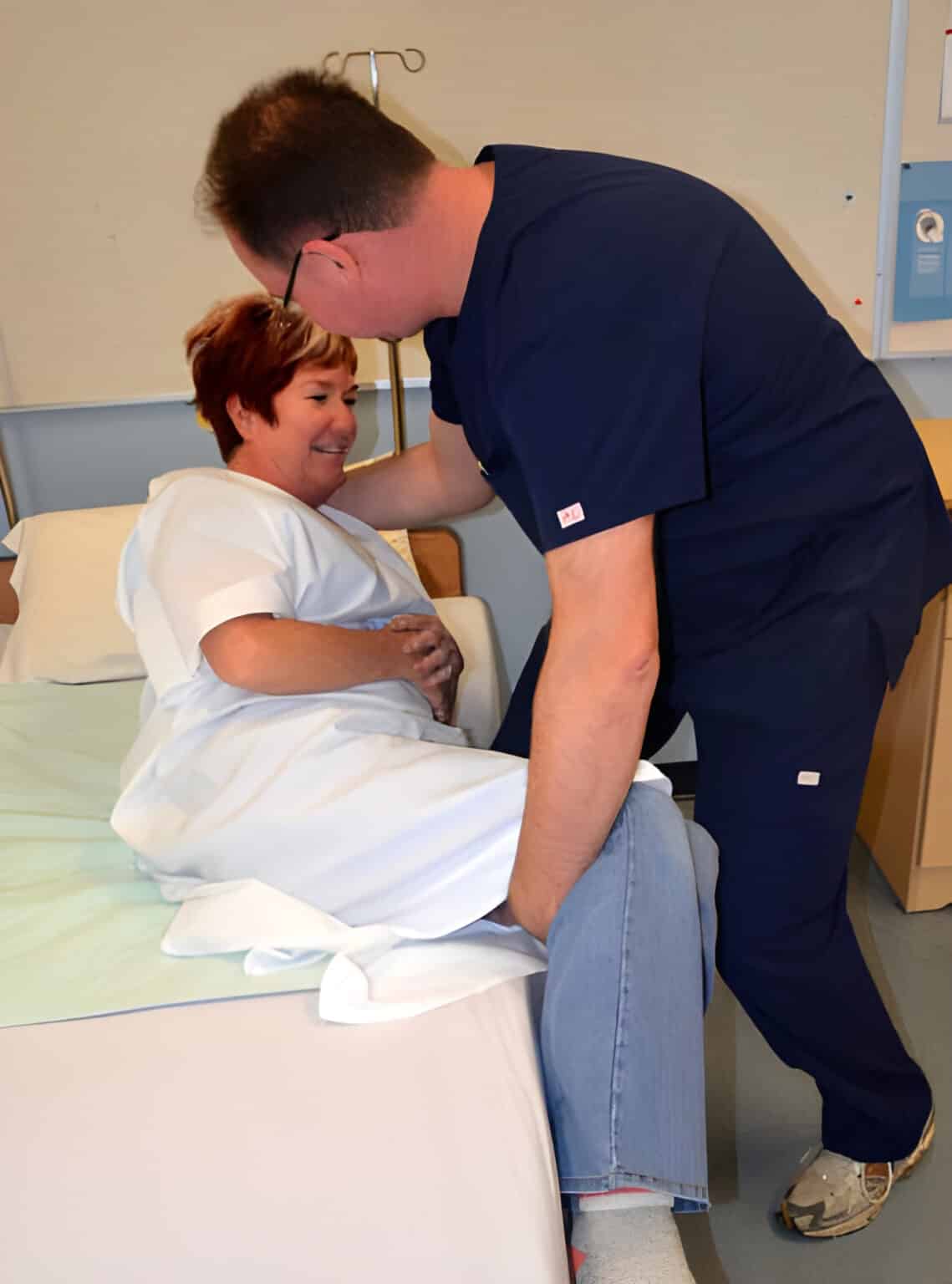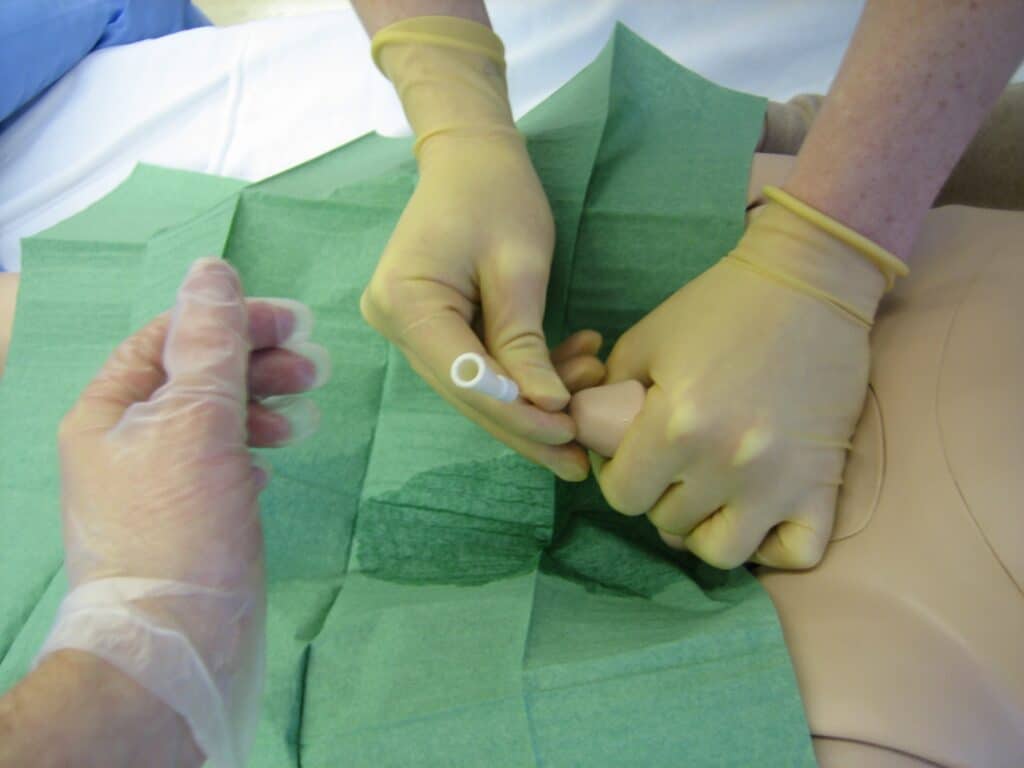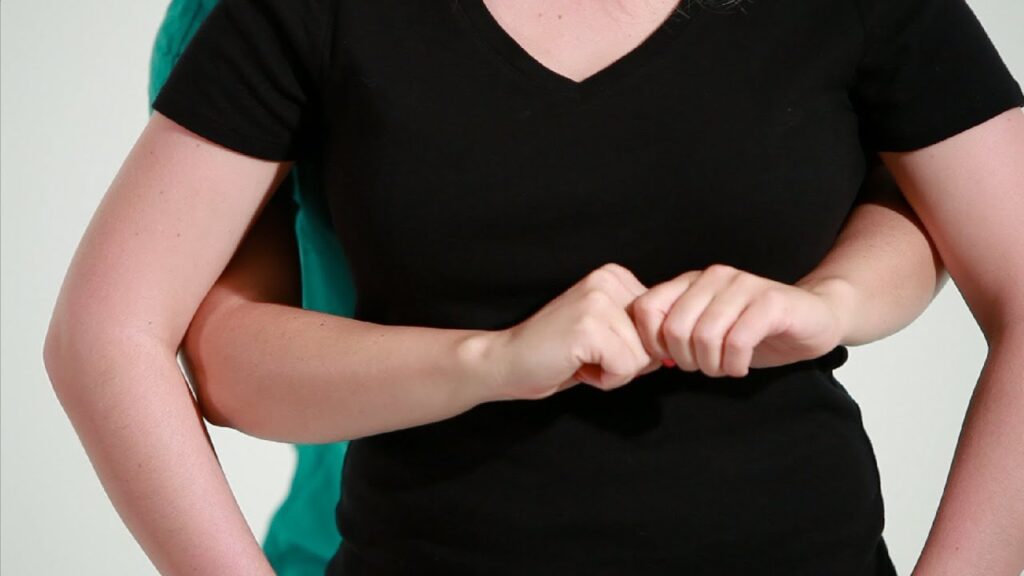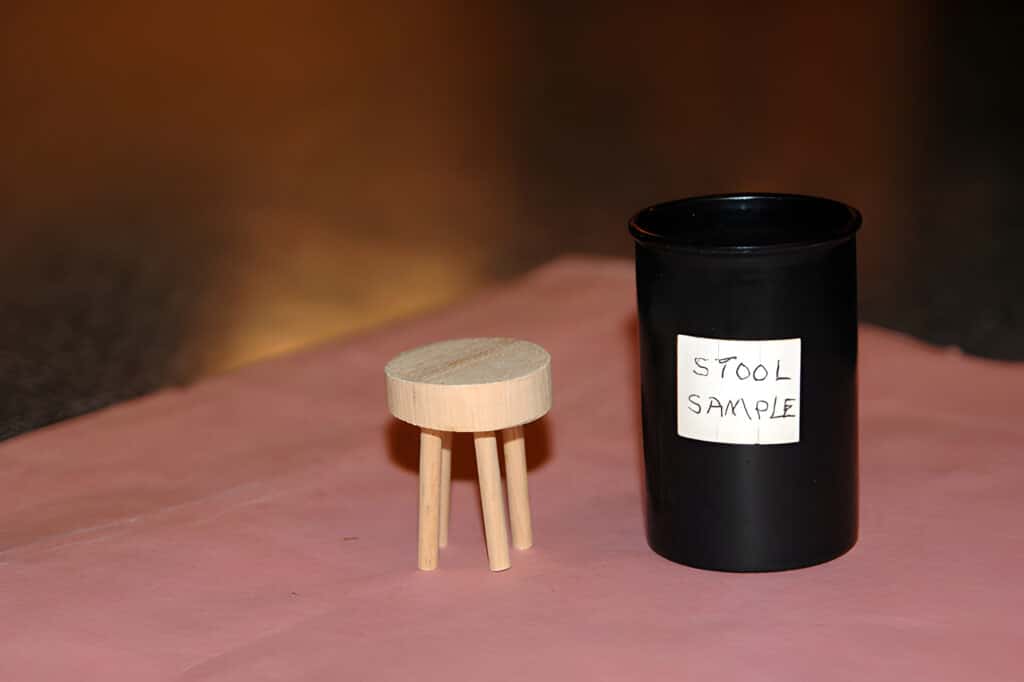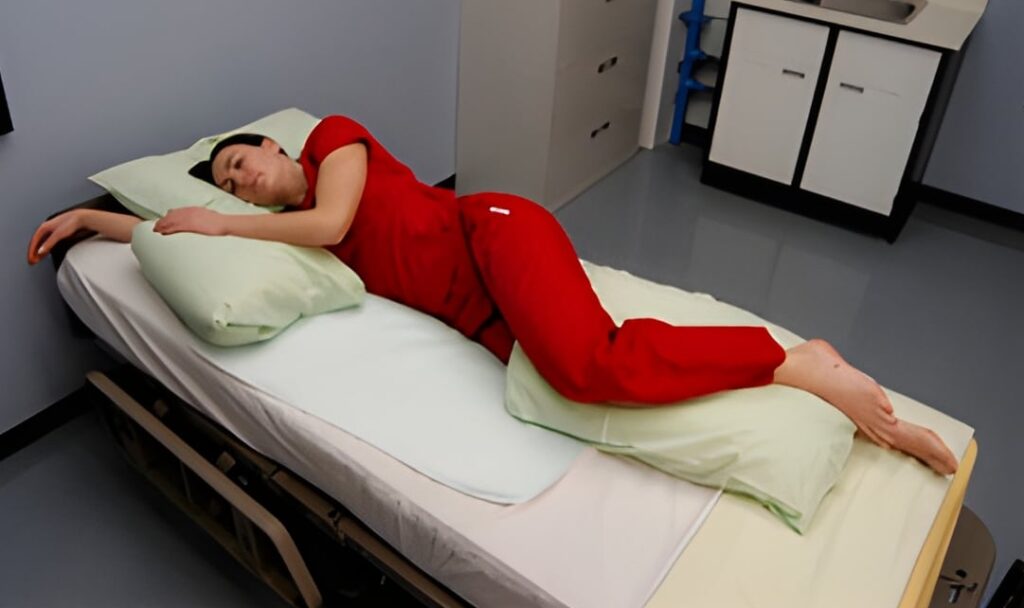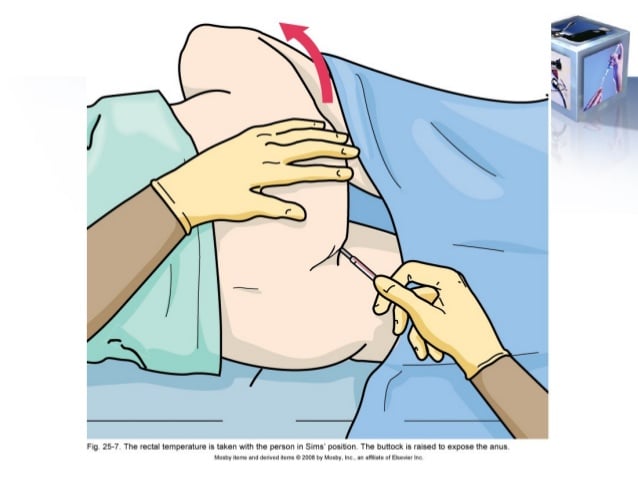Written by Hollie Finders, RN
Hollie Finders is a registered nurse with years of experience working in the health care field. She has degrees in both biochemistry and nursing. After working with patients of all ages, Hollie now specializes in pediatric intensive care nursing. Hollie’s LinkedIn
Procedure
Equipment needed: footstool (if required).
- Perform hand hygiene.
- Explain the procedure to the resident and ask for his or her assistance in following directions.
- Lock the bed wheels and ensure the bed is in its lowest position.
- If the head of the bed is adjustable, raise it so the resident is in a sitting position.
- Slide one arm under the resident’s shoulders and the other arm under the resident’s thighs.
- While providing support, pivot the resident so his or her legs dangle off the side of the bed.
- Support the resident until he or she has adjusted to the position change.
- Provide a footstool if the resident cannot reach the floor with his or her feet.
- Allow the resident to dangle for as long as ordered or proceed with the next procedure (taking vital signs, transferring the resident, etc.).
- If the resident reports dizziness lasting longer than one minute while dangling, assist the resident in lying back down.
- To lay the resident back down, place your arms under the resident’s shoulders and thighs and slowly turn the resident back into his or her original position.
- Assist the resident into a comfortable position and adjust the head of the bed, if necessary. Place the call light within the resident’s reach.
- Perform hand hygiene.
- Document the procedure in the resident’s chart and report any changes in the resident’s condition to the nurse.
Important Information
Having the resident sit on the side of the bed is otherwise referred to as dangling. When a resident quickly changes position, especially from lying to sitting or standing, there can be a rapid drop in the resident’s blood pressure. This drop in blood pressure may cause dizziness or lightheadedness [1]. Dangling allows the resident to reach equilibrium in the upright position. The nurse’s assistant should encourage the resident to remain seated until he or she has regained balance and can safely assume a standing position.
References

